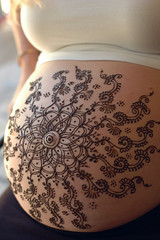 "Pregnancy is such a special time."
"Pregnancy is such a special time."
It certainly is, I'm not doubting that at all in writing this post. Growing a human inside your own body for 40 weeks is an incredible feat that women have been doing since...forever! While there are often many different ways of getting pregnant, the end result of carrying a child is a journey all on it's own. Some parts of it are very fun and mind-blowing (seeing the first ultrasound, feeling the baby move), others are a little less exciting to experience (constipation, nausea, breast tenderness) .
There are a lot of books out there that tell you to expect when you are pregnant, and I found some of them quite scary, personally! Several people with very good intentions recommend the old-school books their mothers gave them, thinking that they would be helpful. In this age, with all of the amazing tools and practitioners that we can If something comes up, I want to be able to look it up in a book, then then ask my practitioner about it. I didn't want to panic about things that might happen, then not have a solution, which is what I found in a lot of the older books.
What I want to do is talk about a few things that happened to me while being pregnant, and give solutions or at least reasons why they happened. Some of them are a little humorous, and a few things are a little unusual. Either way, it's all happening with something wonderful to look forward to in the end! Like I keep saying to myself and others: it's not forever, it's just for now. And it's worth it. You're only pregnant for a few months, and a lot of things that we may consider inconvenient have solutions.
Check out the ABC's of what I wish I'd known might happen to my body:
Abdominal Pain: I read this in a few books, but it's still not at all what I expected with my very first pregnancy. Diastasis recti, or abdominal separation, is common in women who have had multiple pregnancies, and none of the mothers I spoke with had experienced it with their first pregnancy. What happens (slowly), is that the muscles that comprise the "six-pack" of the abdomen slowly separate from the midline of the abdomen. This occurs because of the enlarging uterus pushing against the abdominal wall, and the many hormones secreted during pregnancy that cause the connective tissue to relax.
To be fair, it's not uncomfortable all of the time. It feels like there is a tiny tear in the abdomen, at first on the midline, and now, after 6-7 months, occasionally on the sides. My wonderful midwife, Sara, told me to get a belly support band if the pain continued. However, I've found if I just support the belly myself for a bit, it helps with those little pains. There are some really great online resources about what we can do after the baby arrives.
-Be Fit Mom has some great information on the abdominal separation, and I just found this great class that I'm definitely signing up for after birth! It's pilates for moms, and you bring the baby to class- check out the Mamalates!
-Self-massaging the belly with pregnancy massage oil (I was given Mother's Special Blend) has also been helpful. Use long strokes from the outside of the ribs to the midline of the body -it's very comfortable and soothing. Take your time when applying oil or lotion, and try to find an organic oil- what's going on the outside of your skin also gets to the baby inside!
Breasts. Wow. That's all I can say. I was told they would become larger, but doubling in size? Really? The breast tenderness many women experience in the first trimester does go away, but can come and go throughout the pregnancy. Leaking small amounts of colostrum from the breasts is also very common in the weeks leading up to birth. However, some women experience it sooner (a friend of mine leaked from 16 weeks on!). You can use breast pads to help with the leaking- there are both reuseable and disposable breast pads. It's also very important to make sure you are fitted properly for a bra. Things will change the further you are along in your pregnancy, but it's definitely worth it to have at least one bra that actually fits!
Constipation. This shouldn't be early practice for birthing, ladies...), and constipation is unfortunately very common at any point in the pregnancy, especially the last trimester. The reason for constipation is that your digestion slows down as the uterus grows and expands in the pelvic cavity and the hormones (mostly progesterone) relax the muscles, which slow down the digestive process. So eat plenty of dried, non-sulphured apricots or plums, and be sure to drink as much water as you can! I know that with some of us, even plain water causes nausea and vomiting, so having a sports drink or electrolyte replenishing drink to get you started and keep you hydrated is fine. If none of these solutions work, be sure to talk to your practitioner about something else that will address your specific needs.
 Discomfort in Morning sickness and nausea
Discomfort in Morning sickness and nausea that lasts for longer than 12 weeks. Sometimes it happens. Several mothers I've treated or interviewed experience either nausea or vomiting in the first several weeks, but a few have both for the first 20 weeks and beyond.
I'm one of those who have had it from week six on, but strictly in the morning. I've found the best thing to do is to keep snacks on hand at all times, learn what may trigger the nausea (water, coffee....really?!), and be prepared in case vomiting does occur. There are a few teas that really helped, such as Wellness Tea by
Earth Mama Angel Baby, and having some
tasty ginger products on hand. What has truly helped the most is acupuncture- it's very safe during pregnancy, and so effective! I recommend weekly treatments to help with any discomforts of pregnancy.
PLEASE let your practitioner know about any discomfort you might be having- you don't have to suffer through a lot of discomfort through your pregnancy. There are a lot of great options out there that work very well - don't be afraid to ask around for help, and check out your alternative health care options. Your happiness and well-being through your pregnancy are transferred to the little one growing inside you, so be sure to take good care of yourself at this "very special time."
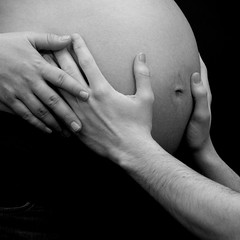
- Photo by davhor
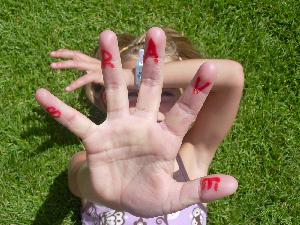




![Photo by Vivian Chen [陳培雯]](http://farm4.static.flickr.com/3334/3291759807_21573e4429_m.jpg)
 I've received a lot of calls lately about acupuncture and breast feeding. Many mothers are concerned with lack of milk production, and others have experienced the dreaded mastitis on more than one occasion. Both of these issues are something that acupuncture and herbal medicine can definitely help with (be sure to find an acupuncture practitioner who specializes in women's health, especially fertility and pregnancy!)
I've received a lot of calls lately about acupuncture and breast feeding. Many mothers are concerned with lack of milk production, and others have experienced the dreaded mastitis on more than one occasion. Both of these issues are something that acupuncture and herbal medicine can definitely help with (be sure to find an acupuncture practitioner who specializes in women's health, especially fertility and pregnancy!)



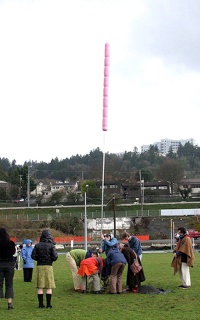

 Discomfort in Morning sickness and nausea that lasts for longer than 12 weeks. Sometimes it happens. Several mothers I've treated or interviewed experience either nausea or vomiting in the first several weeks, but a few have both for the first 20 weeks and beyond.
Discomfort in Morning sickness and nausea that lasts for longer than 12 weeks. Sometimes it happens. Several mothers I've treated or interviewed experience either nausea or vomiting in the first several weeks, but a few have both for the first 20 weeks and beyond.
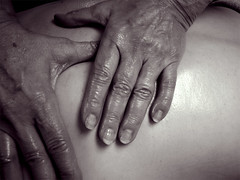







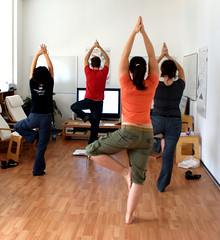





 While browsing through the millions of pages on Facebook, I discovered a wonderful veterinary acupuncture site that many of my peers already knew about-
While browsing through the millions of pages on Facebook, I discovered a wonderful veterinary acupuncture site that many of my peers already knew about- 













